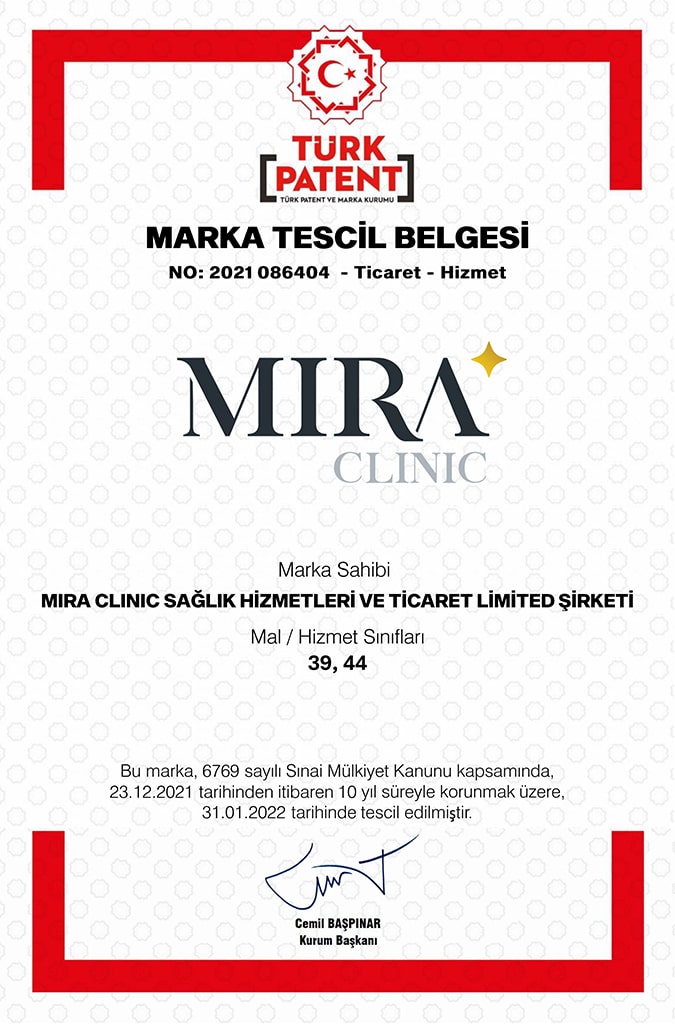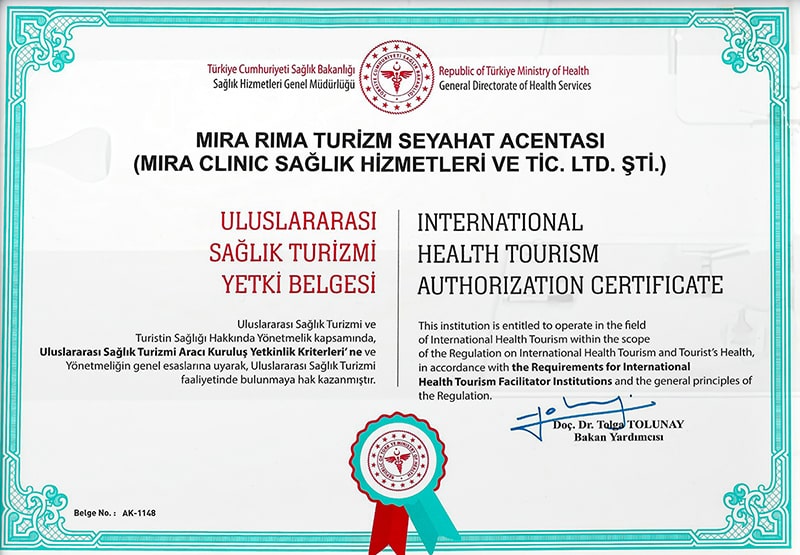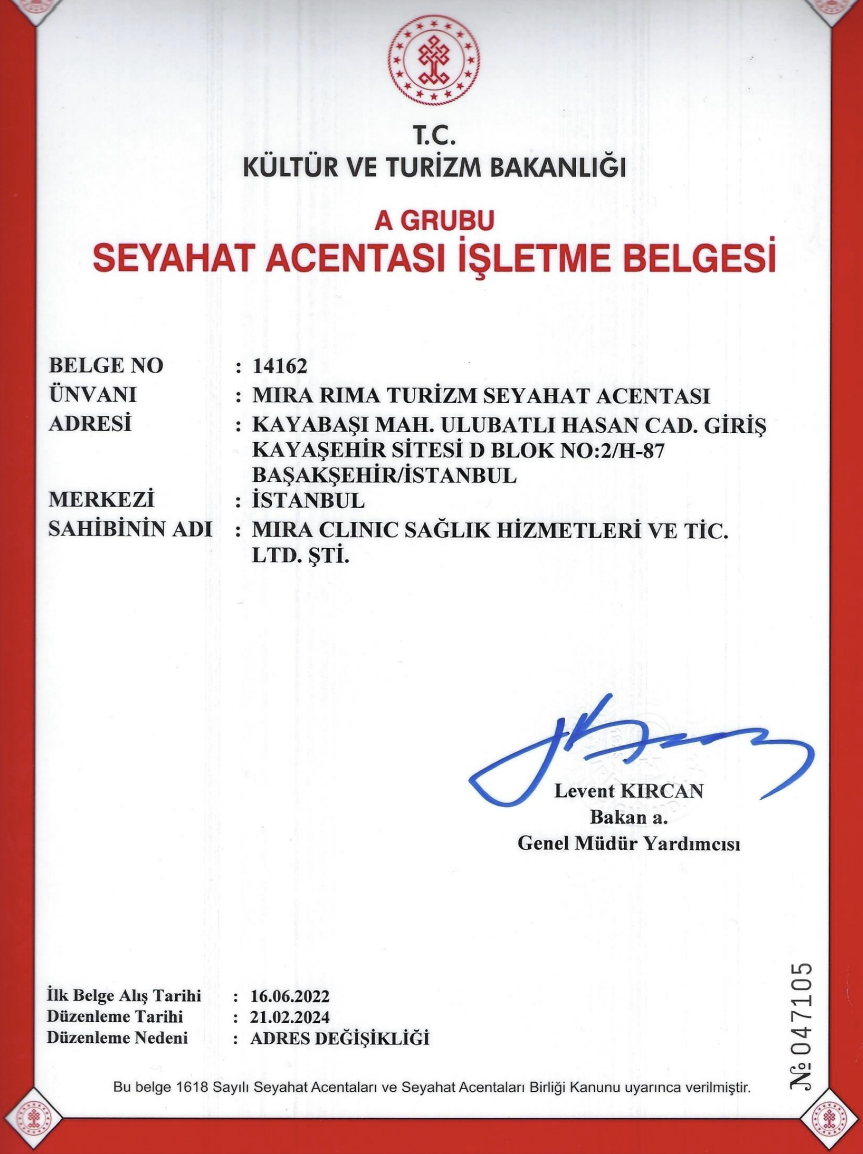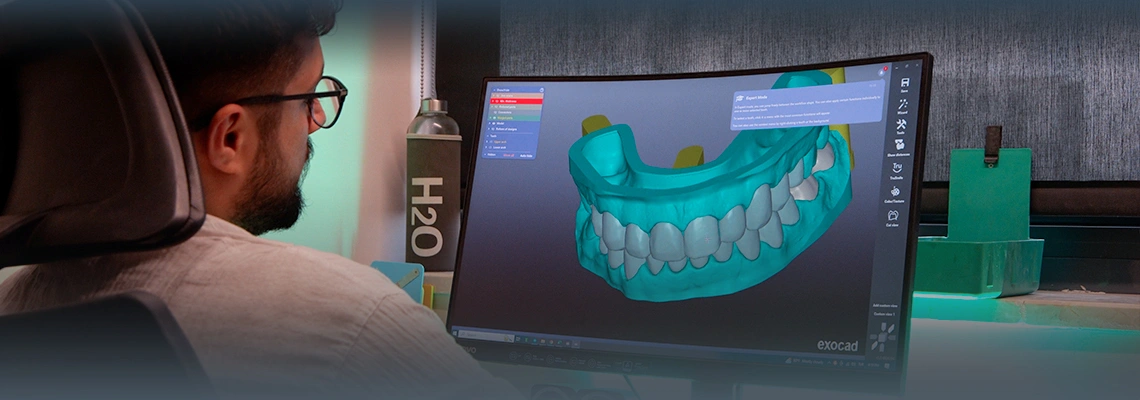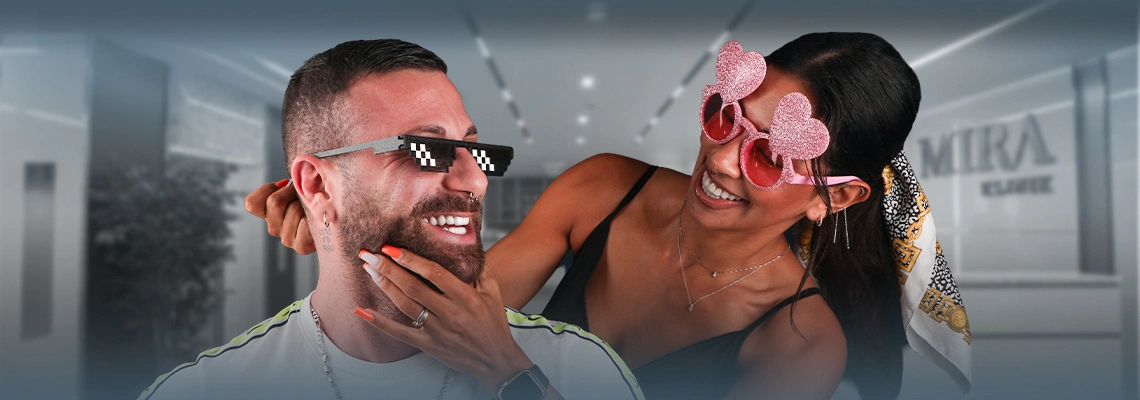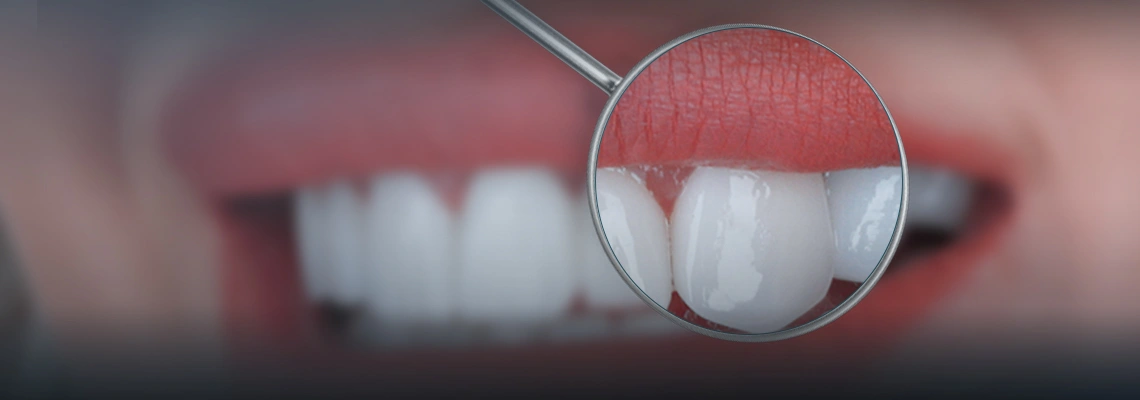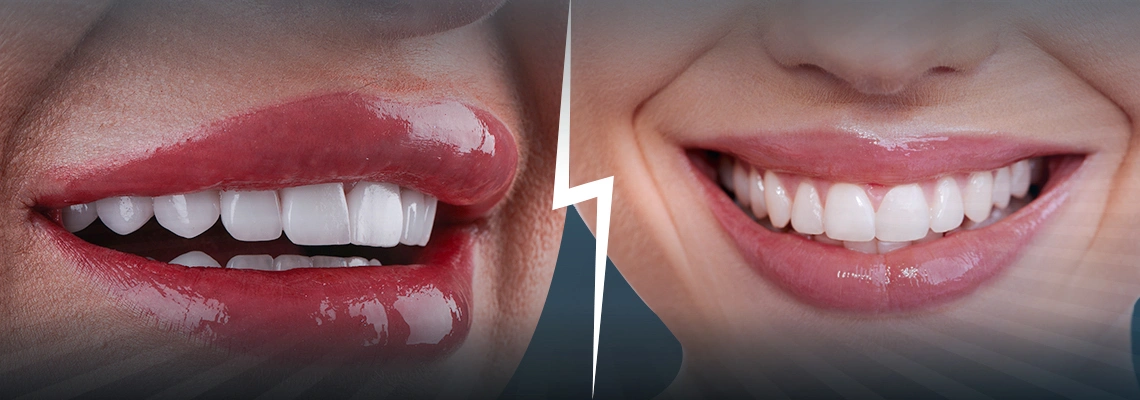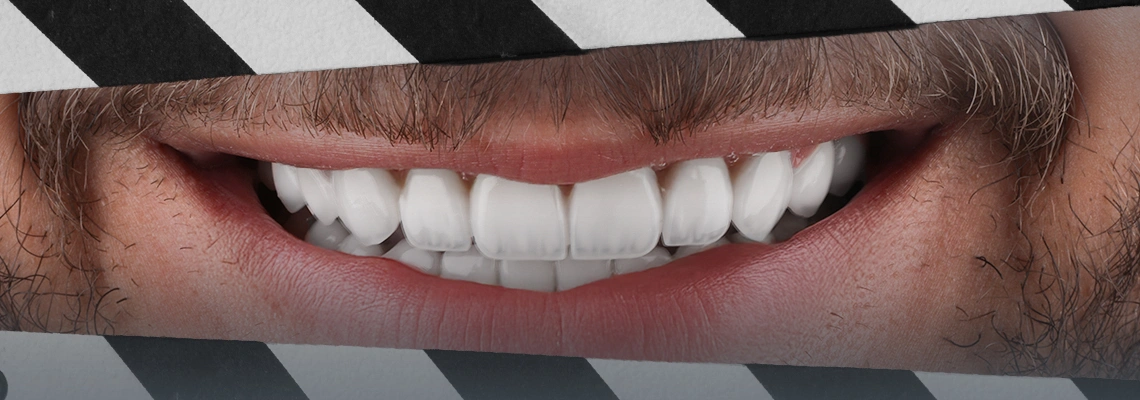A cosmetic surgery called fat injections is used to move fat from one part of the body to another. Many people dislike how huge certain physical parts, such the hips, abdomen, or buttocks, are.
They also wish to enlarge other parts of their bodies, such their lips, faces, breasts, and buttocks.
To increase a region's size, shape, or attractiveness, excess fat might be transferred from one place to another and injected into the target area.
Fat grafting is a frequent operation; most patients are generally happy with the outcomes.
Contents
Preparing for the operation
Before scheduling the fat transfer procedure, the most important step is to choose a reliable clinic or hospital because it is a delicate process that needs medical staff with extensive experience in the field of fat transfer surgery and a hospital with advanced types of equipment
You and the surgeon will talk about the following issues during your consultation:
- The surgeon will inquire about your prior operations, medical conditions, and medicines used, if any, while they review your medical history.
- The doctor will do a physical exam and ask you for a blood test.
- The surgeon will take pictures of the donor area (the area where the fat will be taken) and the recipient area (the area where the fat will be injected). You and your doctor can use the images to compare the treated areas before and after the procedure.
- You and your doctor will decide whether to perform the fat grafting procedure with local or general anesthesia
Your doctor should be openly informed of your goals for undergoing this operation.
Before starting the procedure, it is important to be aware of the anticipated outcomes.
The operation's risks and anticipated negative effects
Each surgical procedure has some risk of adverse outcomes. Before deciding to have a fat transfer, you should be well aware of the hazards involved.
Among these dangers are:
- profuse bleeding with blood clots
- Death of fat tissue.
- The operation might need to be repeated if the patient has an unbalanced look.
- A buildup of blood or fluid beneath the skin
By picking a qualified surgeon with a track record of success in this area, you can lessen the likelihood of any dangers.
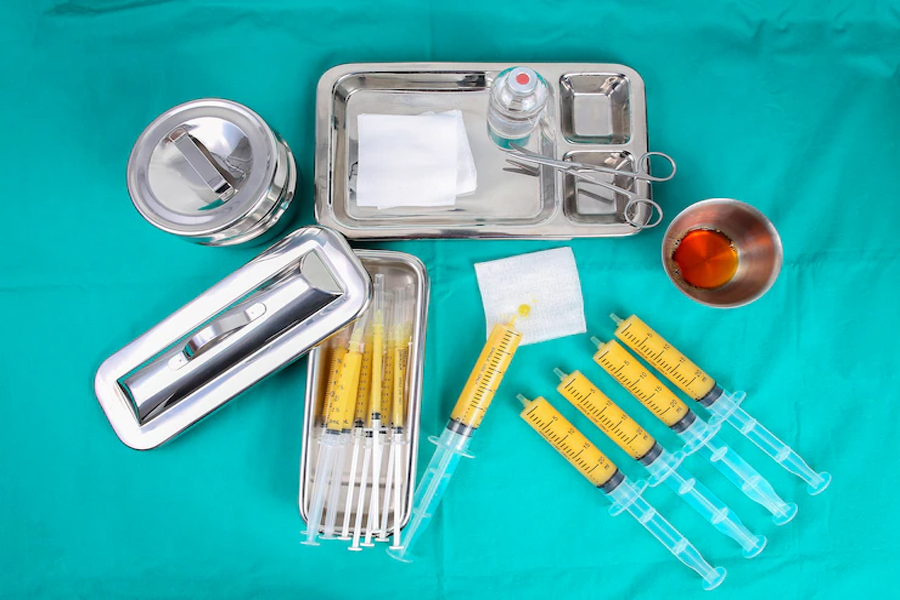
The operation
There are three steps to this process, as follows:
Fat extraction:
The donor region, which is often the belly, thighs, or hips, will be incised by a few tiny incisions by the surgeon.
He will then remove the fat using a tiny tube. After that, stitches are used to seal the wounds.
Fat processing: The surgeon will use specialized tools to separate any blood clots or other contaminants from the excised fat.
Fat injection:
The surgeon will place a needle or syringe into the area, such as the face, breasts, hips, buttocks, or buttocks, where the fat is to be injected.
The procedure involves repeatedly inserting the needle into the region to inject a little quantity of fat into the skin.
Because the body will eventually reabsorb the fat that was injected, the treated region will lose some volume, thus the surgeon may fill the treated area slightly more than is necessary.
Typically painless, fat grafting takes one hour to complete. However, you can experience pain two weeks after surgery.
After fat injection
You will be monitored by the medical personnel in the recovery area after the fat injection treatment to prevent any unforeseen consequences and to make sure you are in excellent health.
Unless the surgeon determines that you need to stay in the hospital for a longer period of time, you should often be able to return home the same day.
A painkiller, an antibiotic cream, and an antiseptic lotion will all be recommended by your doctor.
Additionally, he will go over all the directions and recommendations that you must adhere to following the procedure with you.
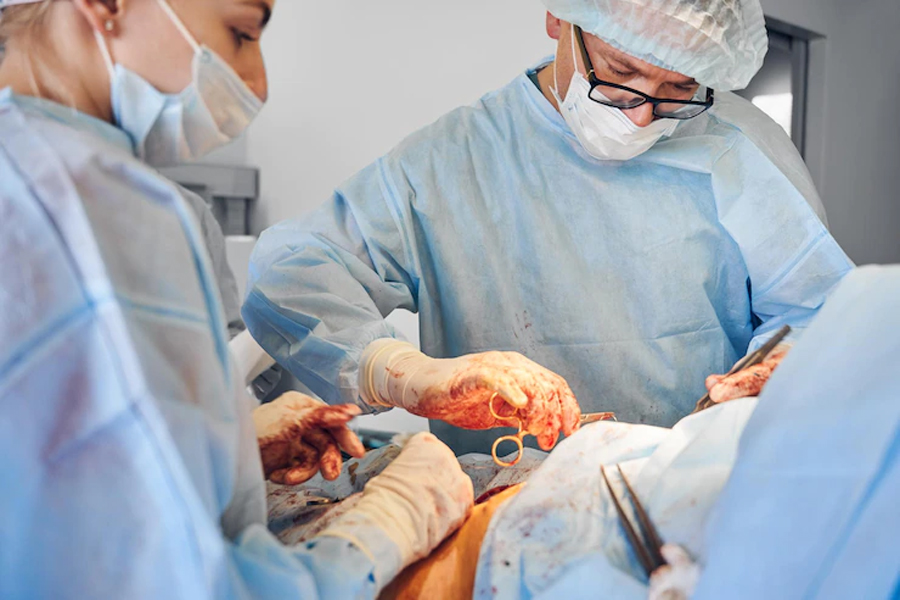
Complications after the procedure
There might be difficulties and negative effects from fat injection.
One illustration, but not only:
Immediately following the operation, there may be some swelling in the treated locations.
However, this edema will progressively go away after around two weeks.
- Irritation or infection.
- Negative impact of anesthesia.
During your recuperation, you should check in with your surgeon to be sure that any difficulties you have are expected and will eventually go away.
After fat injection, recovery
You'll receive some helpful advice from the doctor that will aid in a speedy recovery.
like as
- Avoid physically demanding activities.
- Take time to rest.
- To prevent coming into touch with the treated region, wear loose-fitting clothes.
- consuming a certain diet, such as one that emphasizes eating fruits and vegetables.
A two-week recuperation period is anticipated. After that, you can resume your regular activities.
Results
It might take up to two weeks for post-operative adverse effects to go away, after which the treated regions start to get better.
But now for the most crucial query.
How long does it take before puberty for the fat to be adequately cleaned and absorbed?
The final findings might not be available for a few months. Once that happens, you'll seem more fashionable and self-assured.
Remember that you might require additional sessions in some circumstances to achieve the desired outcomes. Furthermore, since the body may eventually absorb the fat, the effects of fat injections might not be long-lasting.
Cost of fat injection
The intricacy of this process drives up the cost significantly. The price of fat transfer varies according on the hospital's location, the intricacy of the treatment, and the surgeon's qualifications.
Because the surgeon needs to assess your health and decide on the intended procedure, it might be challenging to estimate the actual cost of surgery before a consultation.
Consultations, follow-up care, and any other treatment sessions you require can come at an extra expense
